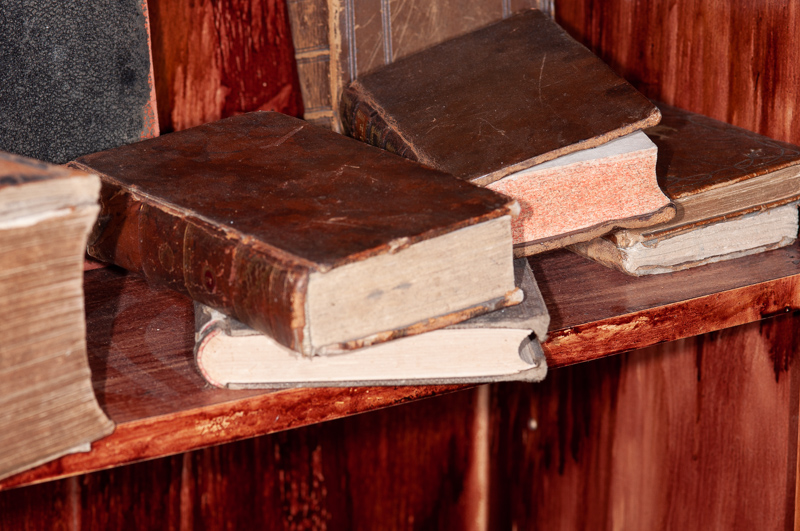(If you didn’t see them, here are part 1 and part 2)
Jumping back to Mona Awad’s reading list, we’ll start with The Geography of Pluto, Christopher DiRaddo. You might think the story of a gay man breaking up with his ideal boyfriend and losing his mother to cancer would be awfully bleak, but this book manages to make the protagonist’s struggles with loss and grief into something oddly optimistic. The book also gives a geography of the Gay Village from ten years ago — when we moved into the area in ’22, many of the bars and lounges from the book were either just reopening or their signs were still visible.
Awad writes that Heather O’Neill’s books capture the “darkness and the dreaminess” of Montreal. Perhaps. In Lullabies for Little Criminals, we see the city from the perspective of Baby, an intellectually precocious 12-year-old trying to survive with not much help from her mentally ill, junkie father Jules. It doesn’t go well, though. Then in The Girl Who Was Saturday Night, we meet the twins Nicolas and Nouschka, semi-feral children of a famous and dissolute folksinger. We accompany them through the nightlife of the city as they try and fail to build a decent life, dreaming of something better during run-up to the Quebec Referendum of 1995. O’Neill has a Chandleresque turn of phrase, and the lively descriptions keep us from getting too depressed as the characters strive for normalcy amongst drugs, prostitution, meaningless one-night-stands, and endless bad decisions.
Also on Awad’s list, Louise Penny’s popular “Three Pines” series was made into an Amazon miniseries. The miniseries (despite starring Alfred Molina) was awful; I’ve only read the first of the books thus far, but it’s better than that. In Still Life, Chief Inspector Armand Gamache helps solve a murder in a charming little town in the Eastern Townships, where there’s a cast of interesting and quirky people, some of whom – quelle surprise – aren’t what they seem. The book barely mentions Montreal itself, but does raise the topic of Montreal versus rural Quebec attitudes.
Awad includes three books on her list which I mentally group together: Cockroach by Rawi Hage, How to Make Love to a Negro Without Getting Tired by Dany Laferrière, and The Dishwasher by Stéphane Larue. She calls Cockroach a “vitriolic symphony,” which is an apt description for all three of these. They all describe frantic, angst-ridden rushes through life. In Cockroach, our narrator is a desperate young Lebanese immigrant attending counseling after a failed suicide attempt. He works odd restaurant jobs, steals things, and sees through the artifice of this alien society. He’s lonely, isolated, and has the almost supernatural power of becoming a cockroach. In How to Make Love…, our narrator is a desperate young Haitian immigrant who seeks his salvation in writing. He lives in a decrepit crashpad with a jazz-loving bullshitter/philosopher, and they spend their time picking up (mostly white) women and discussing sexual and racial politics. Slightly an outlier in this set of three, The Dishwasher features a desperate young man with a gambling addition, trying to survive by working at a fast-paced high-end restaurant. There’s a lot of stress and drinking and heavy-metal music.
This wraps up the books and authors on Mona Awad’s list that I have read. I plan to follow up with at least one more installment covering a few other books that were not on her list.

